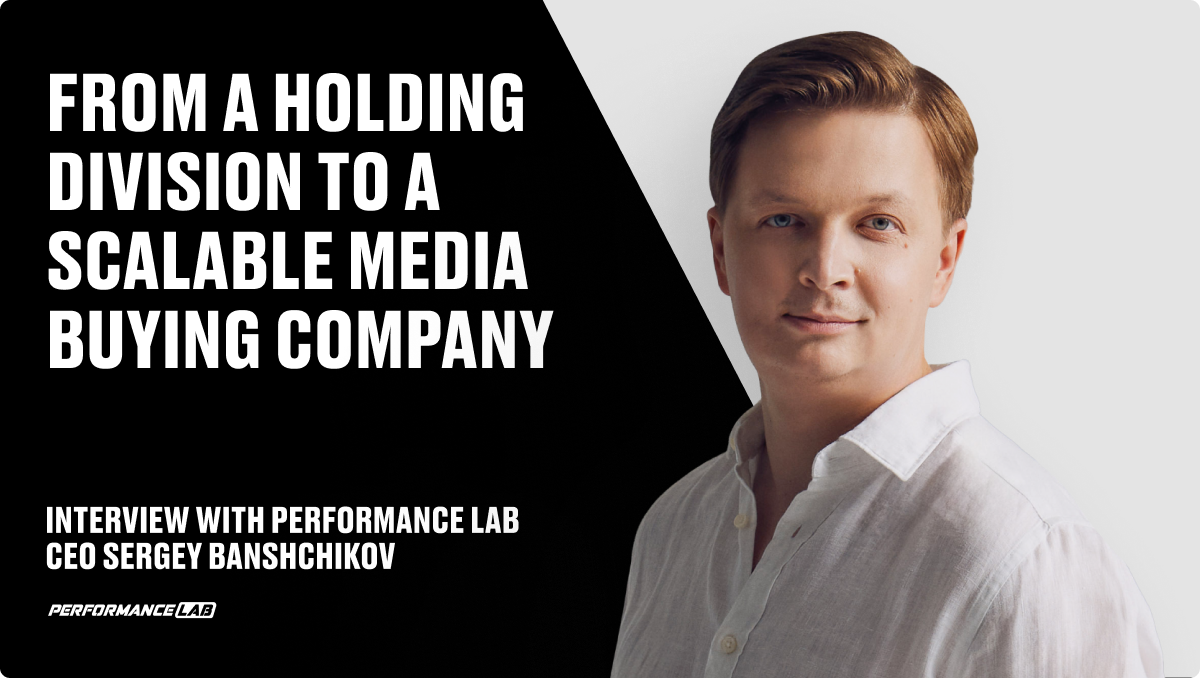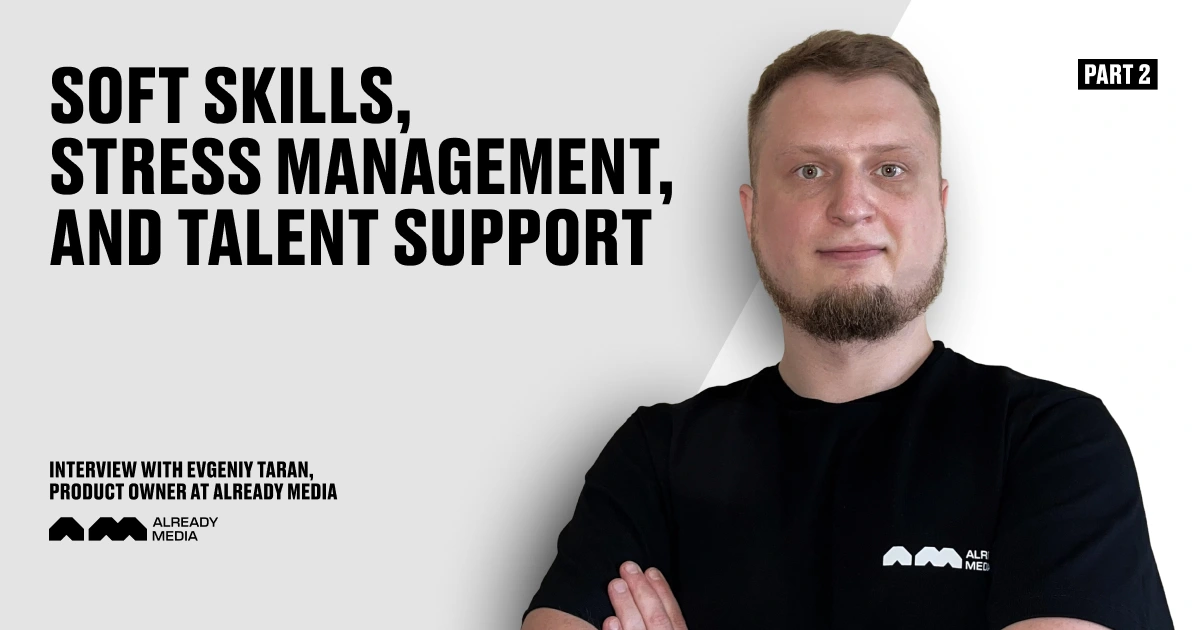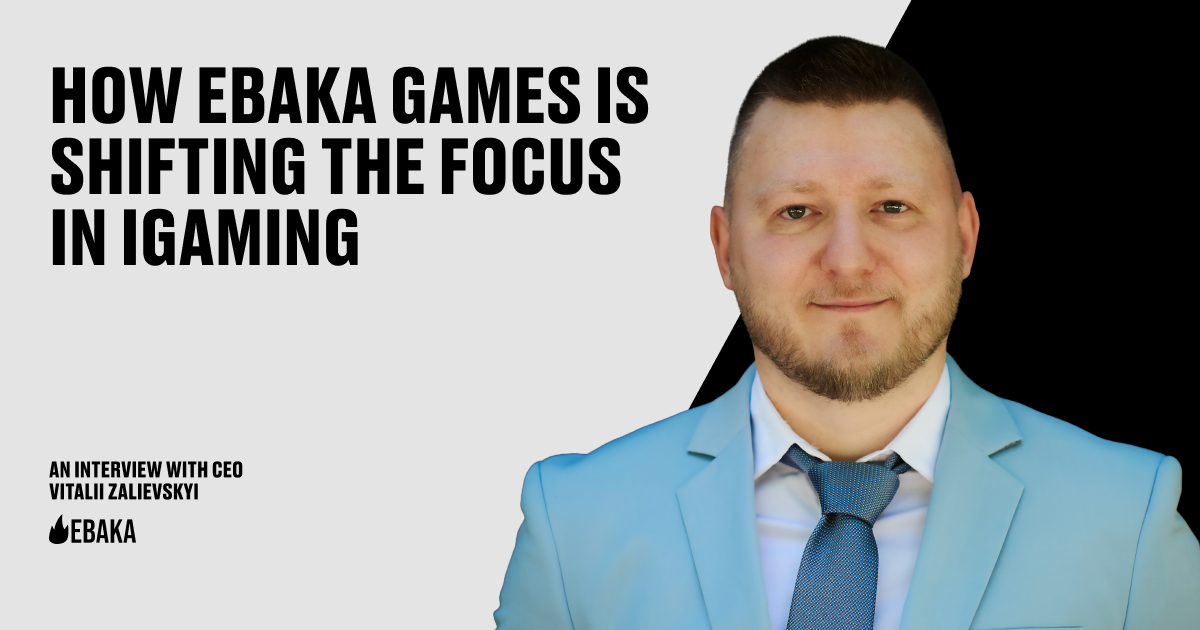
The structural growth of media buying teams requires a systematic approach to management, scaling, and traffic operations. In this episode of Expert Talks, Performance Lab CEO Sergey Banshchikov shares the practices that helped the team evolve from an internal unit into an independent operational structure with multi-channel expertise. We discussed organizational principles, data-driven decision-making, adapting to market changes, and integrating external teams.
Building structure and scaling the team
Performance Lab was originally created as part of 1win Group. Could you tell us more about the strategic goals behind this project and how they evolved during the active growth phase?
Initially, media buying was built as an internal unit of 1win — our key task was to effectively attract traffic to the holding’s products. While building the team, we realized that many specialists came with experience outside our geos and products. So we decided not to limit ourselves to the holding and expanded the scope. We made a strategic decision — to go beyond one vertical and start scaling. That’s how Performance Lab was born. Today, we work with different products and advertisers. We have the infrastructure, approach, expertise, and experience to diversify teams for any task.
How do you manage to scale your team while keeping operations under control, avoiding chaos and loss of focus as you grow?
Chaos happens to everyone, and we’re no exception. The question is how you deal with it. At Performance Lab, we systematize chaos. We have a clear structure, transparent processes, defined roles and responsibilities — everything works like a system. That’s the only way to scale without losing quality. With proper organization, you simplify everything that can be simplified and document everything that must be described. But it’s important not to turn this into pure bureaucracy. The goal isn’t to bury people in paperwork. The goal is to give them convenient tools that speed up their work and improve results. Flexibility is equally important. Processes should adapt to situations, not the other way around. Today a traffic source works — tomorrow it’s blocked. Today a creative brings positive ROI — tomorrow it stops converting.
You’ve mentioned in public comments that ready-made teams can join Performance Lab. What collaboration formats do you offer? And which traffic sources or areas of expertise are most interesting to you now in terms of integration?
We offer different collaboration models for solo buyers and teams. We focus on potential, not just numbers. The goal of integration isn’t just to bring someone in, but to ensure mutual benefit. We work with all major sources: SEO, PPC, FB, In-App, ASO; the only exception is influencer traffic. At Performance Lab, we avoid rigid frameworks: teams keep autonomy, and conditions can adjust as they grow and achieve ROI. The second option is full integration into our ecosystem, with access to internal resources: expertise, tools, support. This model ensures minimal risks, maximum stability, fast growth, and constant knowledge exchange.
You’ve emphasized that Performance Lab’s key to efficiency is its data-driven approach. Could you share more about your decision-making system and what tools and metrics you prioritize?
Structured data is a powerful tool. Everyone collects their own big data. With a large volume of structured information, we minimize statistical error. I can’t go into detail on the exact criteria we use, but the set is certainly broader than the standard analysis of just one or two campaigns.
Traffic, channels, and content strategy
Despite the popularity of Facebook and TikTok among many media buying teams, you’re betting on ASO and SEO. Why did you choose these channels as strategic?
It’s about diversifying traffic and revenue. Both channels require long-term investments, which doesn’t fully align with the core principle of media buying teams — fast turnover of funds. But by investing in them at the right time, you can protect yourself from FB crashes (at least until the next Google algorithm update).
You’ve highlighted the importance of quality content in SEO. With the rise of AI-generated texts and Google updates, what’s your approach to keeping content relevant, competitive, and effective?
It all depends on the content’s purpose. AI-generated content can be just as high quality as texts from experienced copywriters. Good content only comes when an SEO specialist dives deep: understanding the intent, the article’s purpose, the structure of nine competitors in the top 10. Then comes the artistry — whether it’s crafting the right AI prompt or a technical brief for a writer. Sometimes the brief itself is longer than the final article, just as an AI prompt can exceed the generated result. The secret is simple: know every page like your favorite childhood poem. We also make sure to keep content relevant by constantly updating key pages — using supporting articles, internal linking, or UGC blocks in reviews or slot sites. And, of course, it’s time to automate competitor content research and updating — this is the only way to stay relevant in changing SERPs.
Culture as a foundation for growth
Earlier, you mentioned team culture at Performance Lab as the foundation for growth. How are these principles applied in daily work, and how do they help with retention and development?
At Performance Lab, everyone can freely propose ideas and get support in implementing them — this fosters initiative and makes employees co-creators of processes. Transparency is a key principle: we regularly hold Q&A sessions, share plans, and listen to feedback. Our culture of responsibility is informal: everyone understands their impact on results and their ability to change them. We don’t look for scapegoats in failures — we solve problems together. We support professional growth through courses, conferences, career tracks, and mentorship. Equally important is care for people: flexible schedules, respect for personal time, and a clear benefits system — from psychologist sessions to sports compensation. This helps people feel that here, they don’t just work — they grow, influence, and are heard. That’s what keeps strong professionals, turning them into a team ready to move forward with the company.
The Performance Lab experience shows how building a sustainable operational model, flexible processes, and a strong internal culture allows a business to scale without losing control. Systematizing chaos, prioritizing long-term channels, and maintaining transparency form the foundation for sustainable growth in a dynamic environment.

